US missionary doctor's courage in war against Japanese aggression hailed, her ties to ordinary Chinese revisited
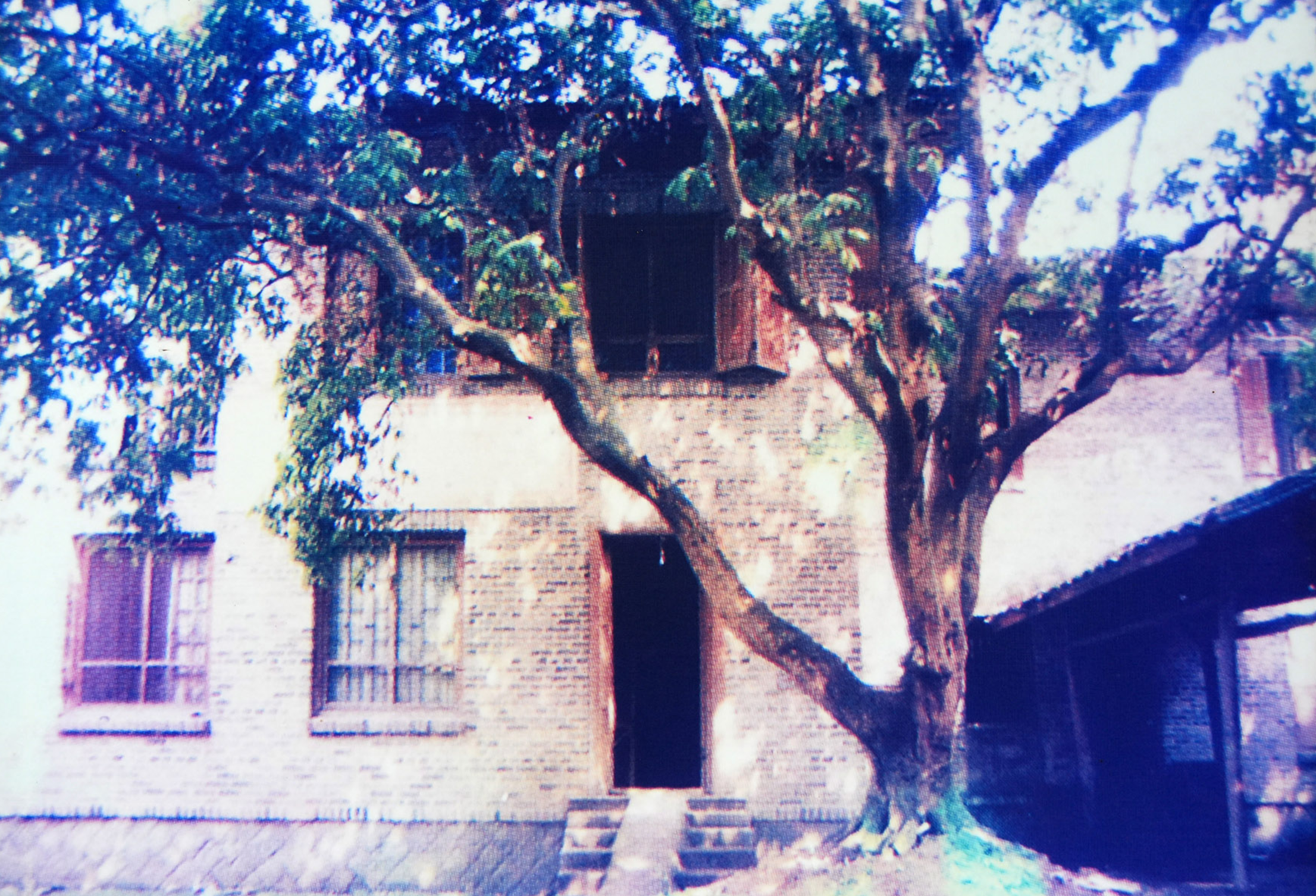
Legendary US missionary doctor Ruth V. Hemenway, and her great wartime help lent to Chinese people, became known to more people in China this year as the nation marks the 80th anniversary of the victory in the Chinese People's War of Resistance Against Japanese Aggression (1931-45) and the World Anti-Fascist War.
During her stay in China from 1924 to 1941, she joined the Chinese people in tackling the lack of medical supplies and poor facilities.
She saved numerous lives amid the darkest moments for the country inflicted by Japan's wartime atrocities, including slaughtering, bombing and raping.
As a key witness of the Chinese people's resilience against Japan's aggression, Ruth met many Chinese who had fled the Japanese invasion in the eastern part of the country to Southwest China's Chengdu in Sichuan province, listening to their stories of horrible bombings.
READ MORE: How Shanghai became safe harbor for jews
"They had been witnesses to wholesale looting, burning, butchery, and raping by the Japanese invaders. This had made them firm in their commitment to fight to the end," she wrote.
Ruth was born in the United States in 1894 in Williamsburg, Massachusetts. After her graduation from high school in 1910, she taught in a one-room schoolhouse in Conway, Massachusetts, and later in the Williamsburg-Searsville School, in order to save enough money to go to medical school.
Later she entered Tufts Medical School and graduated in 1921, and she had decided to practice medicine in China by her junior year.
She realized that the best opportunity to reach that goal was to become a missionary doctor after interning at the Women's Medical College in Philadelphia and at the Pennsylvania State Hospital in Allentown.
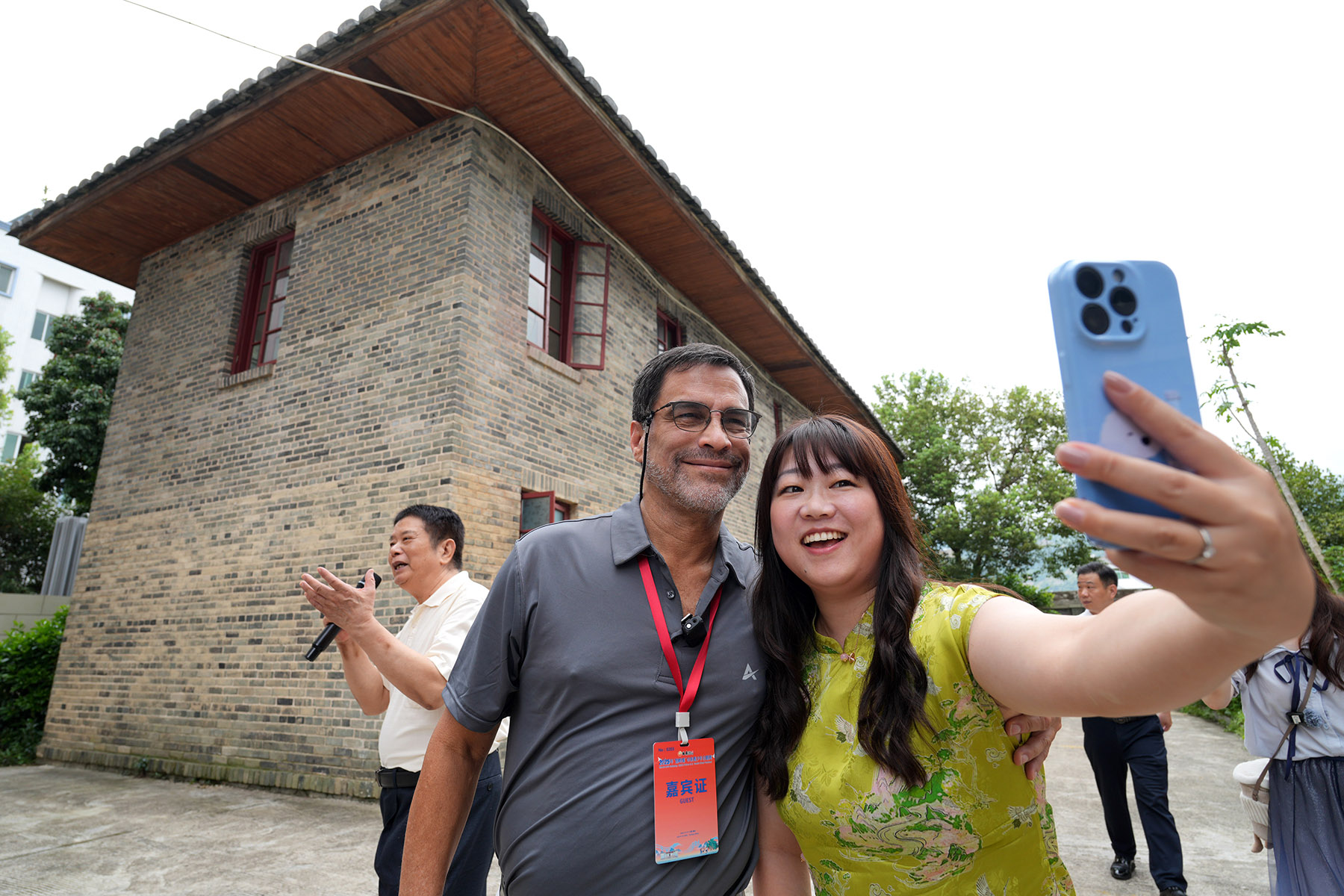
In 1924, she arrived in China and settled in the then Mintsing, which is now called Minqing, of eastern China's Fujian province. She was there directing a hospital, which became today's Minqing Liudu Hospital.
She remained there for thirteen years, except for one year when she was surgeon at a hospital in Nanjing of eastern China's Jiangsu province.
"Ruth arrived in China a single woman, without knowledge of the Chinese languages, in the midst of political and social chaos," said Thomas Hemenway, a descendant of Ruth V. Hemenway.
Thomas has long been tracing her footprints in China. He noted that rather than remaining in the relative safety and comfort of the treaty ports, Ruth chose to work in remote villages among the Chinese peasantry.
"She treated many victims of the protracted violence, and ran clinics that improved prenatal and neonatal healthcare for women and children" in rural Fujian province, he said.
Liu Shouguang, former head of Minqing Liudu Hospital, said, "Beyond managing daily hospital operations, she frequently embarked on medical tours in rural areas, visiting villages and households to serve the local people."
Ruth worked tirelessly to expand the hospital, improve medical facilities, and broaden service coverage by establishing branch clinics in both urban and rural areas.
She promoted vaccinations, disseminated health knowledge, and conducted health education campaigns. She also nurtured medical talent, established a nurse school and mentored medical personnel, according to Liu.
"Her footsteps covered most of mountains and streams in Minqing," he added.
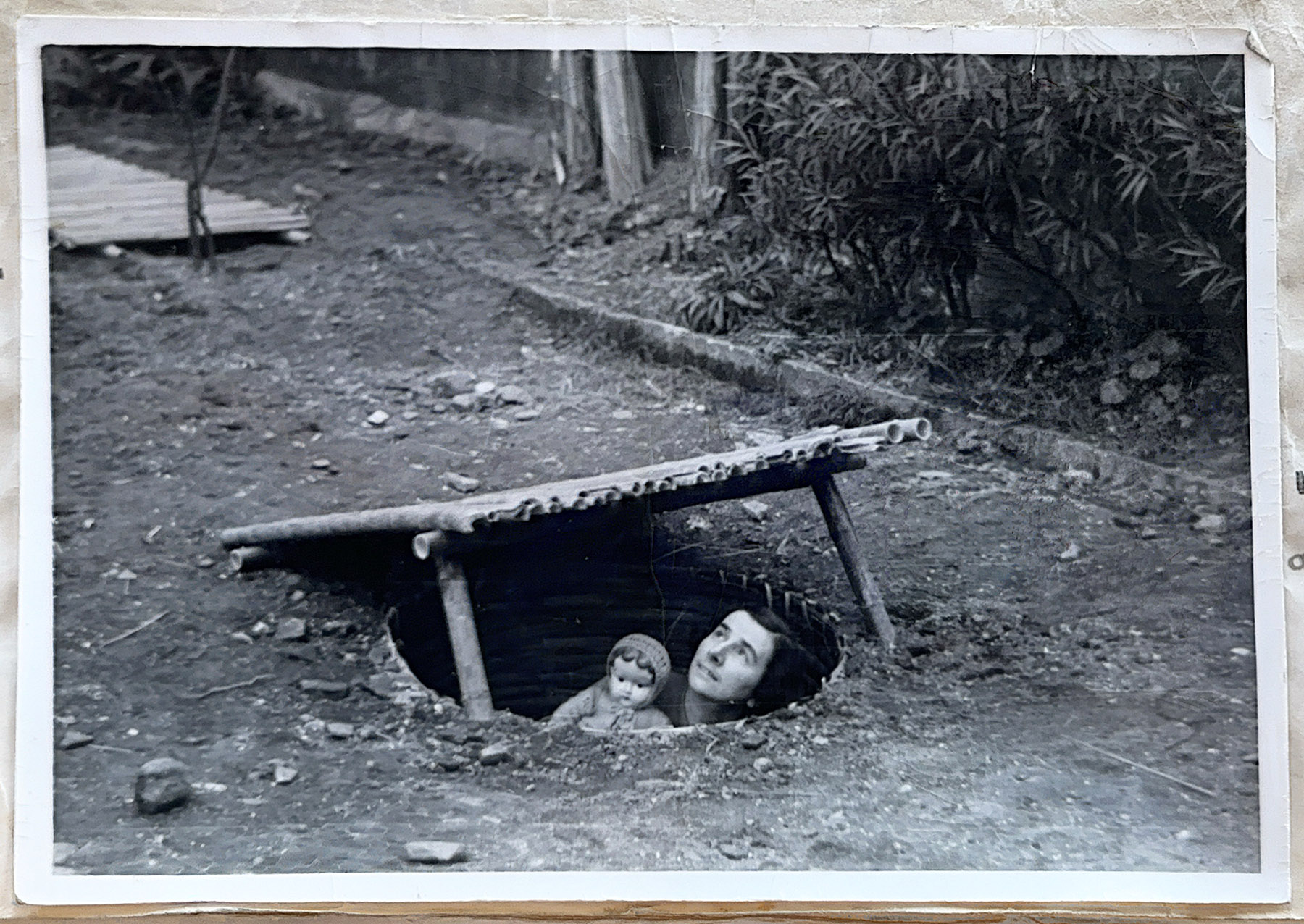
Light in the Dark
In 1937, when the Chinese People's War of Resistance Against Japanese Aggression escalated, Ruth was practicing medicine in Nanchang, Jiangxi province, and she was unable to return to Minqing.
Seeing the disaster spreading rapidly, she volunteered with the Red Cross Society of China to join the medical service, and asked to be sent to the frontline medical posts in the war zone.
Later, she entrusted Hua Sing, one of her adopted daughters, to others and journeyed alone through gunfire to southwestern China's major city Chongqing, which was known as Chunking at that time.
In Chongqing, Ruth joined a hospital sponsored by Syracuse University. There, she was responsible for obstetrics, gynecology and pediatrics.
At that time, Chongqing was suffering unprecedented challenges as it endured massive bombing by Japanese forces.
In her diary, she narrated how the wounded flooded into the hospital's courtyard like tidal waves after one air raid, filling the space with patients suffering from fractured skulls, broken limbs or hemorrhagic shock.
She and her colleagues often worked all night performing surgeries on patients with gunshot wounds, burns, and blast injuries, and she was shocked by the Japanese army's unchecked slaughter of civilians.
Liu, the former head of Minqing Liudu Hospital, said Ruth has consistently stayed committed to humanitarian belief and universal compassion, "treating all patients with care regardless of their wealth or social status whenever medical help was needed".
"A lover of peace and champion of justice, she resolutely joined the medical resistance after the outbreak of the War of Resistance Against Japanese Aggression, saving countless lives," he said.
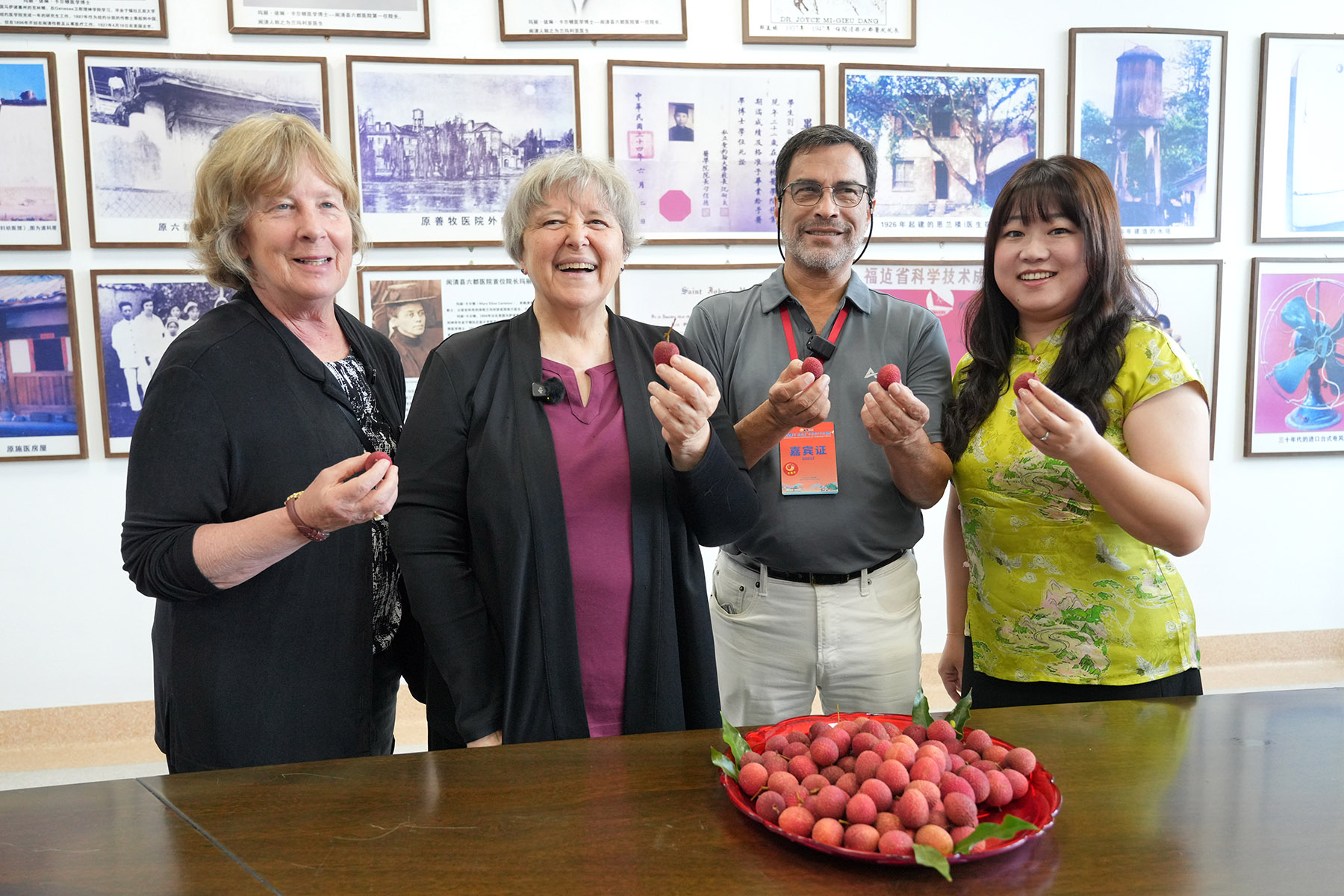
Liu noted that the American doctor kept pursuing technical excellence, combining boldness with meticulous care in her medical practice.
In the summer of 1939, she planned to return to Minqing but was stranded by the worsening war situation. To avoid bombing, the hospital was forced to relocate to the countryside.
Afterwards, she accepted an invitation from Zizhou Hospital and traveled to Zizhou, a small town located between Chengdu and Chongqing, to continue her frontline medical work.
When she first arrived at Zizhou Hospital, a cholera epidemic was raging there. The wards were filled with comatose patients whose limbs were shriveled from dehydration and whose eyes were sunken.
She employed people including female students, blacksmiths, carpenters to bolster staff and supplies. She also organized a large-scale vaccination campaign, inoculating 1,500 people within a week.
Through her relentless efforts, the cholera epidemic gradually subsided, restoring hope to countless families.
In 1940, her health deteriorated severely due to heavy workload and malnutrition. She lost significant weight and struggled to climb stairs without resting.
Even so, she insisted on performing surgeries and conducting consultation visits in the wards until colleagues sent her to seek treatment in Chengdu, the provincial capital of Sichuan.
In 1941, she had to return to the US for treatment after years of hard work took its toll.
In July this year, Thomas traveled to China to attend a series of friendship events, and he achieved his first face-to-face encounter with Huang Yao, granddaughter of Hua Sing, one of Ruth's adopted daughters.
Huang said she is "very proud of the family heritage" as endowed by Ruth.
"Dr. Hemenway made outstanding contribution to maternal and pediatric medicine in China, and my family has nurtured many medical workers as influenced by her," Huang said.
"I'm so glad to have invited her descendant living back in the US to China to have a look at her greatest heritage left in this country, which is still cherished by Chinese people by heart," she added.
When touring alongside Huang at Minqing Liudu Hospital, Thomas said, "This has been an amazing experience. It is like a dream come true to be in the place that Dr. Hemenway practiced and see the clinics that she started and the work that she contributed to China."
"I think maybe the most important is the fact that I have met my long-lost Chinese cousin. Our families have been separated for decades," he added.
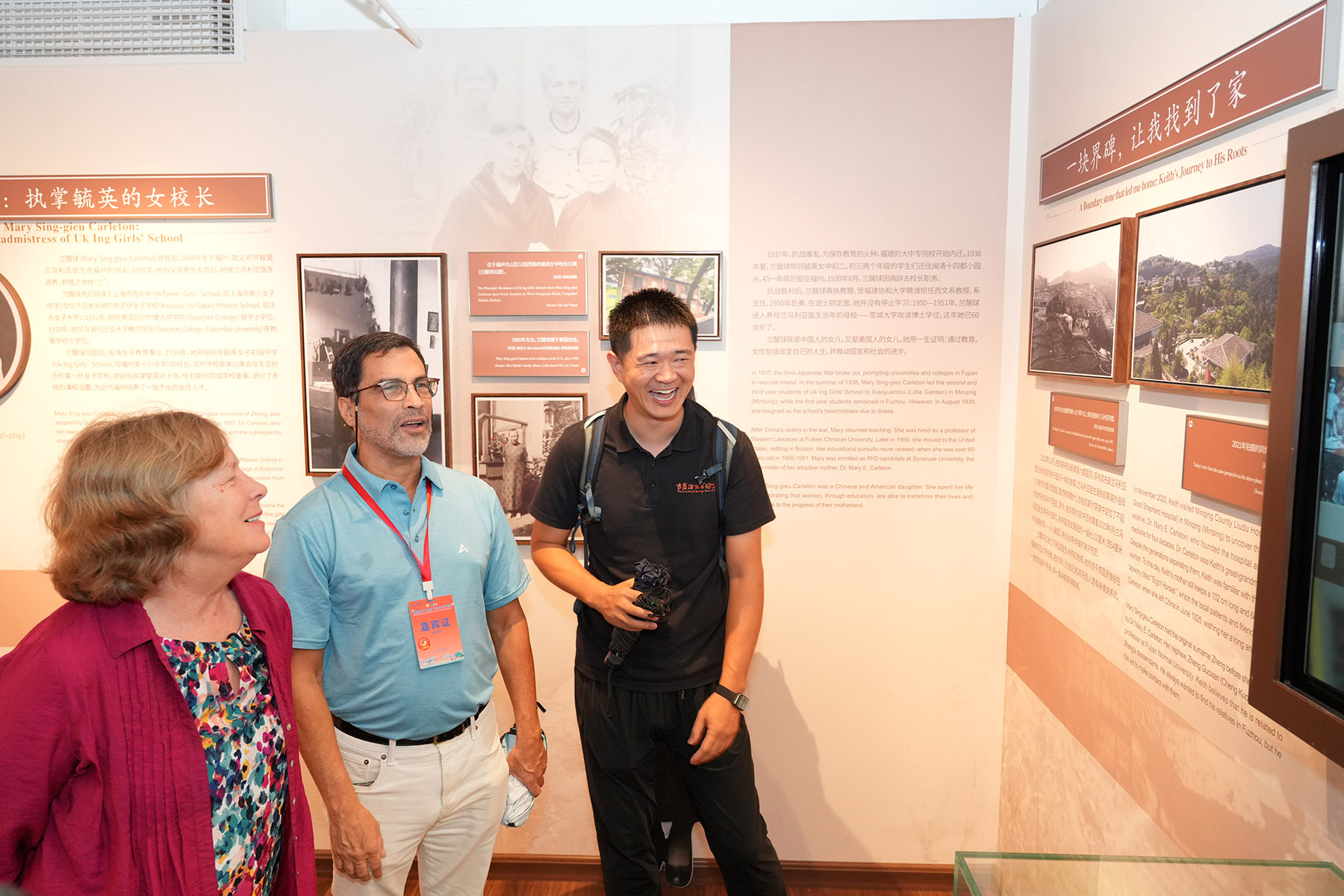
Narrator and painter
Ruth developed her habit of documenting what she saw, heard, felt and thought in China through vivid writings and colorful paintings.
She left a series of papers that consist of a small amount of printed biographical material, an oil painting, photographs, and 20 original diaries dated from 1924 to 1941, which are now preserved by Smith College in Northampton of Massachusetts.
The diaries provide a detailed record of her 18 years as medical missionary to China and include photographs and drawings, and they describe medical and surgical cases, customs and rural culture, and the upheavals in the country.
"They are rich with poignant and perceptive pictures of Chinese village life in southeastern China, of modernized urban life in the Kuomintang-controlled Yangtze Valley on the eve of the (expanded) Japanese invasion of 1937, and the besieged wartime capital of Chunking in western China," said the Smith College website in a brief introduction.
In 1937, Ruth traveled to Wuhan, the capital of Hubei province, en route to Chongqing. In Wuhan, she witnessed a tragedy brought by Japan's air raid.
At that moment, she could only watch from afar behind sandbags in shelters. In her diary, she noted that the air raid claimed 200 lives.
Among the atrocities committed by Japanese forces after occupying Wuhan was that when the Japanese seized Hankou in Wuhan, they bombed ships carrying refugees and led to huge casualties.
She mentioned how a refugee train packed with women and children was bombed — as passengers fled the burning carriages, Japanese troops shot them down with machine guns.
Also evident in her narrations were scenes that the Japanese troops soaked captive Chinese soldiers and farmers with diesel or petroleum and burned them alive, while children were brutally slaughtered and young women raped.
From February 1938 to December 1944, the Japanese invaders bombed Chongqing and its surrounding cities for a span of six years and 10 months, an event known as the "Chongqing Bombing".
Her diary recounts one bombing during which she was on the phone inviting friends to dinner. Suddenly, air raid sirens blared, and the entire city plunged into terror and chaos: rickshaws dashed wildly through the streets, and people carrying children fled in tears.
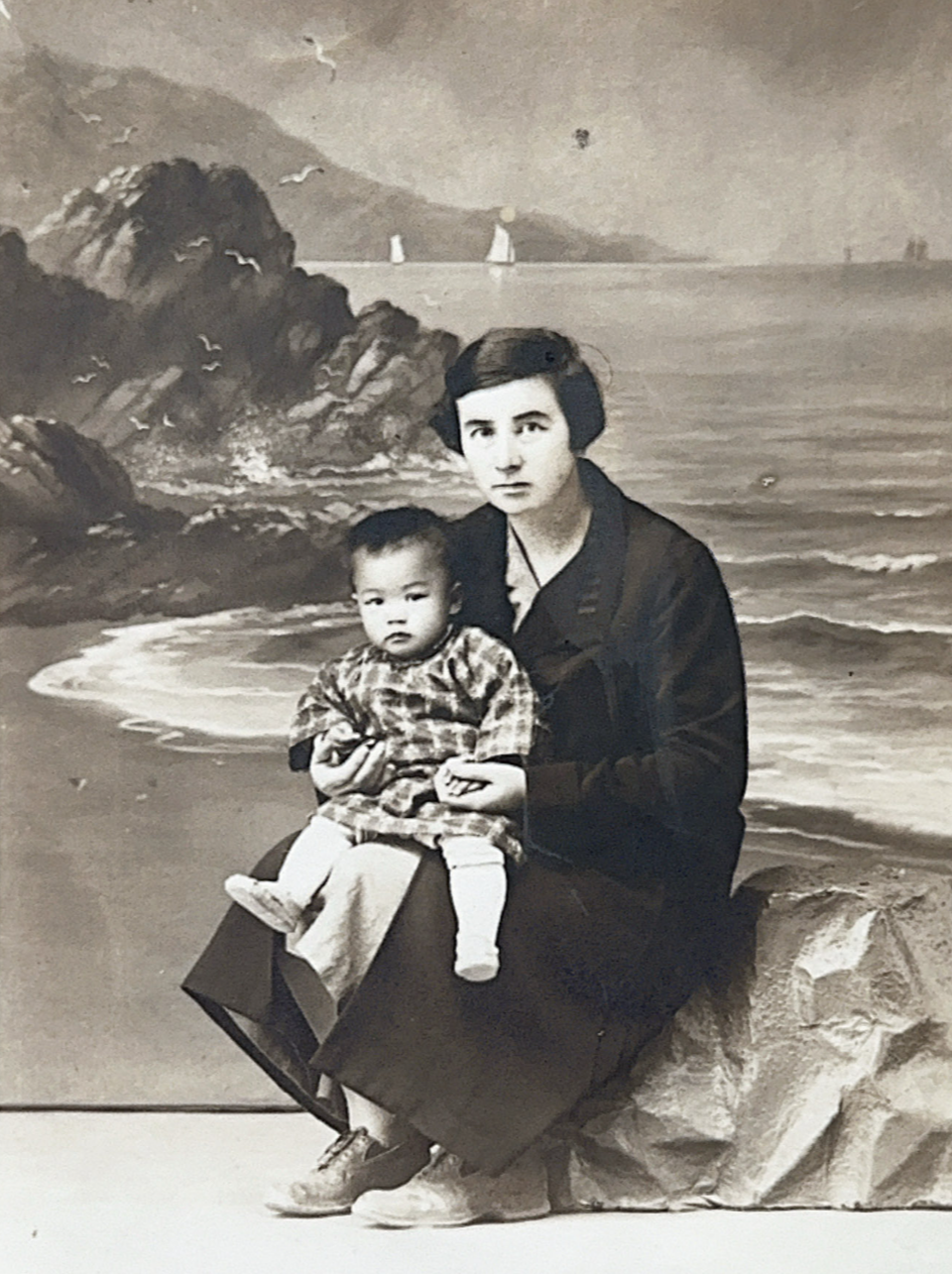
In her later years, she put down these memories into watercolor paintings depicting Chongqing under bombardment, portraying the burning streets and weeping refugees.
Ruth indexed her diaries, and excerpts of her diaries were edited by Fred W. Drake in the book Ruth V.Hemenway, M.D.: A Memoir of Revolutionary China, 1924-1941, published by The University of Massachusetts Press in 1977.
John K. Fairbank, a renowned scholar on China studies and former professor of history at Harvard University, said "the memoir of Ruth Hemenway may well be a classic".
"She writes with extreme immediacy and creates a visual and personal impression in almost every paragraph. The content of her experience is both medical and Chinese, and the combination is a constant excitement if not shock to the reader," Fairbank said in a message prepared for the publication of her book.
ALSO READ: Friendship developed over historical photos
"This particular story has more vitality, action and color than almost any I can remember," he added.
After Ruth returned to the US in 1941, she established a medical practice in her hometown of Williamsburg.
In 1974, just months before her death, she wrote about her thoughts on the future of the US and China.
"Yet even as a person must experience hardship, suffering, and bereavement to attain maturity, it may be that our own country, like China already, must be bathed in tears and blood in order to find itself in its rightful place of simple equality among the nations of the world."
"For it is through pain and heartbreak that humility is born; and it is from humility that wisdom and understanding come. Physical deprivation, hardship, bereavement — these may not be evils but blessings if they initiate constructive change," she added.
Yang Jie contributed to this story.
Contact the writers at zhangyunbi@chinadaily.com.cn


